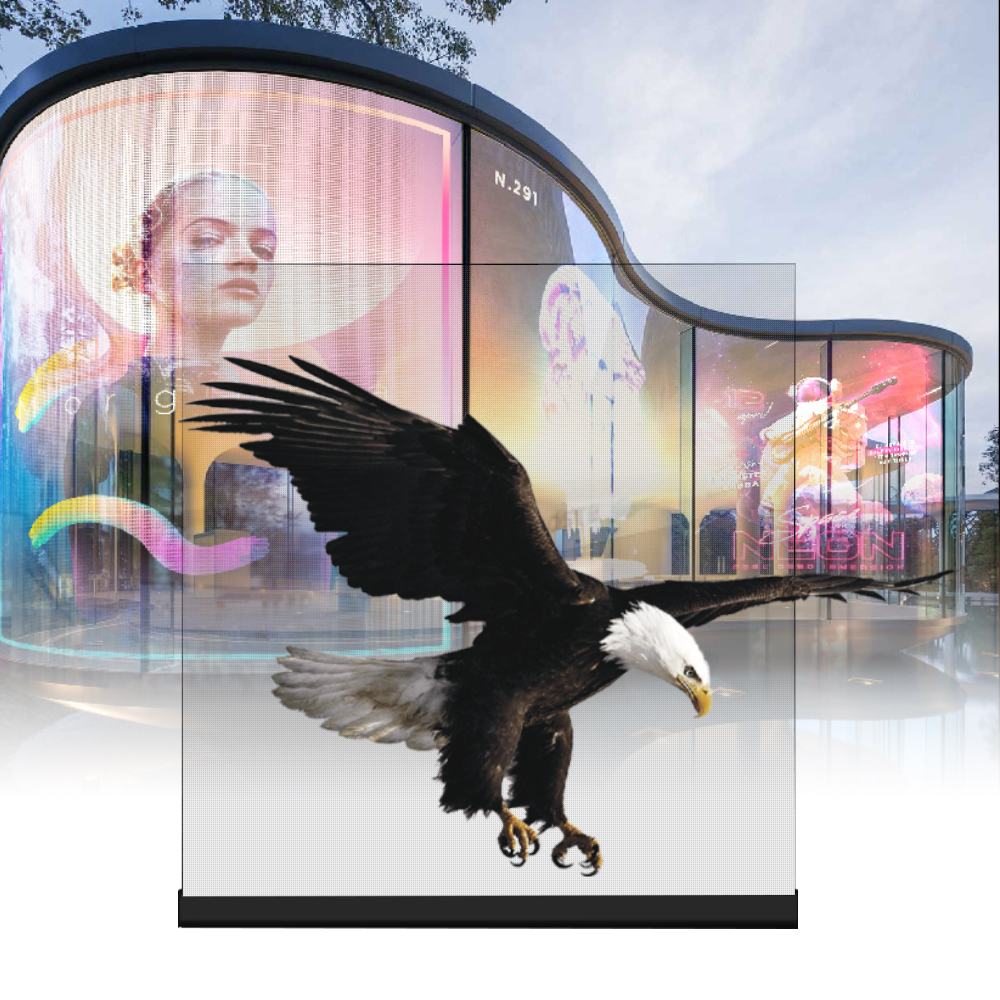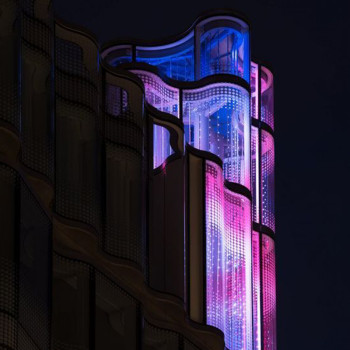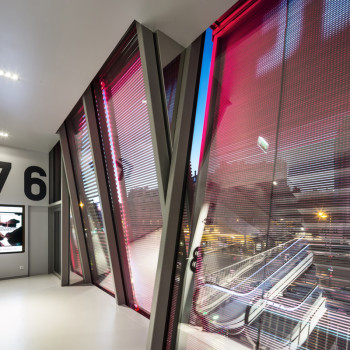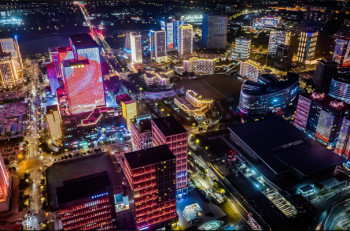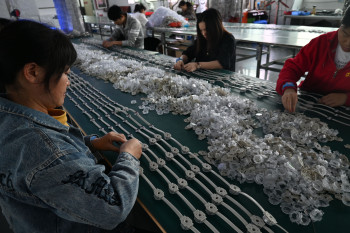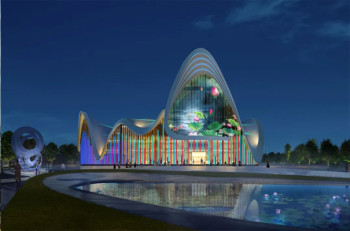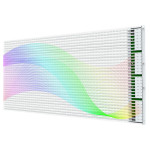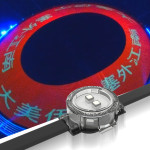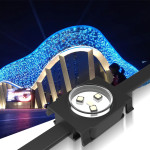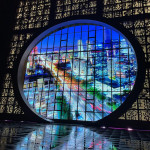- 23 Apr 2024
- YINHAN tech
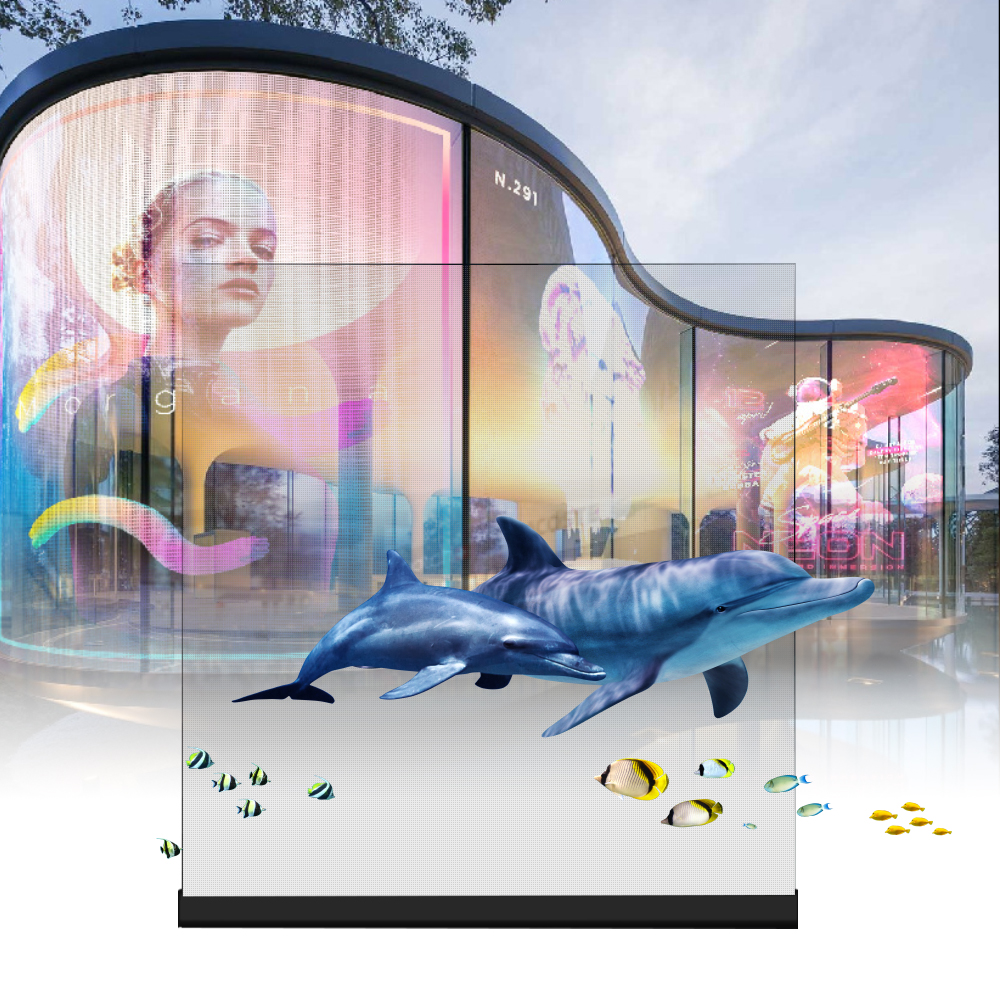
In today's rapidly advancing digital era, holographic transparent LED screens are gaining attention as a captivating new display technology with wide-ranging applications. Not only are these screens visually stunning, but they also hold promising prospects for various applications. This article delves into the production process of holographic transparent LED screens, their applications across different sectors, and addresses some frequently asked questions.
Production Process
The production process of holographic transparent LED screens involves multiple technologies and steps:
LED Chip Selection: Producing holographic transparent LED screens requires selecting suitable LED chips. These LED chips need to possess high brightness, clarity, and excellent color rendition.
Transparent Materials: As the background of holographic transparent LED screens is typically transparent, transparent materials such as glass or plastic are commonly used as the screen base.
Screen Design: Designers need to conceptualize the screen's dimensions, shape, and layout based on client requirements and the intended application environment.
LED Chip Layout: LED chips are arranged according to the design layout on the transparent substrate to achieve the desired display effect.
Control System: Holographic transparent LED screens require an accompanying control system to manage display content and adjust parameters like brightness.
Applications
Holographic transparent LED screens boast a wide range of applications, including but not limited to:
Retail Displays: Stores can utilize holographic transparent LED screens to showcase product information and advertisements, attracting customers' attention effectively.
Event Marketing: At trade shows, conferences, or events, holographic transparent LED screens can serve as unique promotional tools, capturing attendees' interest.
Educational Exhibits: Schools and museums can use holographic transparent LED screens to display historical artifacts, scientific knowledge, and other educational content, providing a more immersive learning experience.
Virtual Reality Integration: By combining holographic transparent LED screens with virtual reality technology, immersive virtual environments can be created.
Product Presentations: Businesses can utilize holographic transparent LED screens to showcase 3D models of their products, offering customers a more intuitive product demonstration experience.
FAQ
1. How does a holographic transparent LED screen differ from a regular LED screen?
Regular LED screens achieve display through the addition of an opaque backing behind the LEDs, while holographic transparent LED screens have a transparent backing, allowing for a see-through effect.
2. What is the brightness of a holographic transparent LED screen like?
The brightness of holographic transparent LED screens depends on the quality of the LED chips and manufacturing processes, typically offering sufficient brightness for clear visibility indoors.
3. What is the viewing angle of holographic transparent LED screens?
Holographic transparent LED screens generally have a large viewing angle, allowing for clear viewing from multiple directions without significant angle distortion.
4. Are maintenance costs high for holographic transparent LED screens?
Maintenance costs for holographic transparent LED screens depend on their quality and usage. Generally, good quality screens and proper usage can help lower maintenance costs.
Conclusion
As a novel display technology, holographic transparent LED screens hold vast potential for various applications. By understanding their production process, applications, and addressing common questions, we can better grasp and leverage this technology to deliver captivating visual experiences across different industries.
